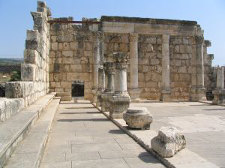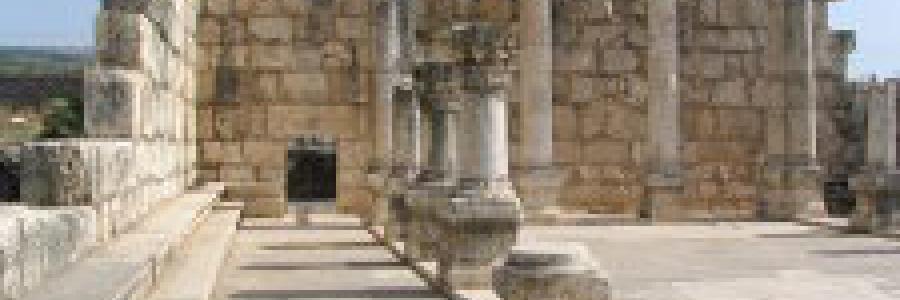 Reprinted with permission from As I See It, which is available free by writing to the editor at [email protected]. Read the series so far.
Reprinted with permission from As I See It, which is available free by writing to the editor at [email protected]. Read the series so far.
Chapter Four: Requirements for Membership
The Synagogue
Proselytes
It goes without saying that one must be a Jew, part of the nation of Israel, before one is qualified for inclusion as a constituent member of the synagogue. However, this did not absolutely ban Gentiles either from attendance at the weekly Sabbath meetings, or from becoming a part of the congregation through the conversion process. Acts is replete with example after example of interested Gentiles, whether proselytes or not, in attendance, often in great numbers, at the Sabbath synagogue service (see, e.g., Acts 13:44; 14:1).
In the NT, we commonly find Gentiles, whether described as “proselytes” (proselutos) or “God-fearing” (sebomenos, lit. pious or reverent), associated with the synagogues. Philo (d. ca. A.D. 50) explains the term “proselyte” and the status of such people:


 Reprinted with permission from
Reprinted with permission from 

Discussion